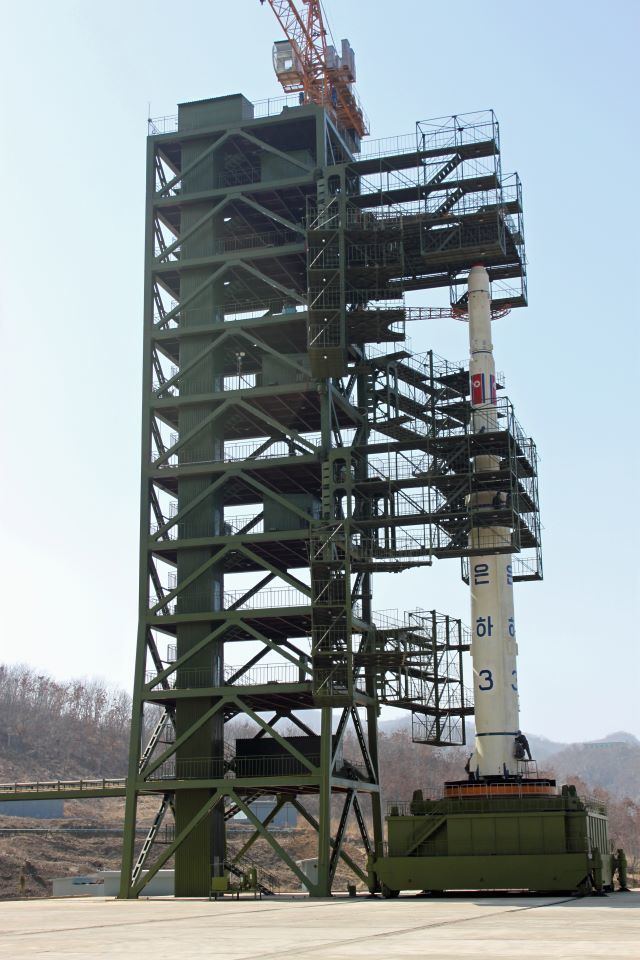Formed 17 September 2011 | ||
 | ||
Minister responsible Kim Yong-Chun, Minister of People's Armed Forces Agency executive Ryu Kum Chol, Deputy director of Space Development Department of Korean Committee for Space Technology | ||
The Korean Committee of Space Technology (KCST; Chosŏn'gŭl: 조선우주공간기술위원회, Hanja: 朝鮮宇宙空間技術委員會) was the agency of the government of the Democratic People's Republic of Korea (North Korea) responsible for the country's space program. The agency was terminated and succeeded by the National Aerospace Development Administration in 2013 after the Law on Space Development was passed in the 7th session of the 12th Supreme People's Assembly.
Contents
History
Very little information on it is publicly available. It is known to have been founded sometime in the 1980s, and most likely is connected to the Artillery Guidance Bureau of the Korean People's Army.
Operations
The KCST was responsible for all operations concerning space exploration and construction of satellites. On 12 March 2009 North Korea signed the Outer Space Treaty and the Registration Convention, after a previous declaration of preparations for a new satellite launch.
Facilities
KCST operated the Tonghae Satellite Launching Ground and Sohae Satellite Launching Station rocket launching sites, Baekdusan-1 and Unha (Baekdusan-2) launchers, Kwangmyŏngsŏng satellites.
South Korea and the United States accused North Korea of using these facilities and the rockets as a cover for a military ballistic missile testing program.
Projects
The DPRK twice announced that it launched satellites: Kwangmyŏngsŏng-1 on August 31, 1998 and Kwangmyŏngsŏng-2 on April 5, 2009. The USA and South Korea predicted that the launches would in actuality be military ballistic missile tests, but later confirmed that they had followed orbital launch trajectories.
In 2009 DPRK announced more ambitious future space projects including own manned space flights and development of a manned partially reusable launch vehicle. Kwangmyŏngsŏng-3 was launched on April 13, 2012 and ended in failure shortly after launch. A follow-up attempt the following December, Kwangmyŏngsŏng-3 Unit 2, entered polar orbit as confirmed by various countries.
Launch history
This is a list of satellites launched.
